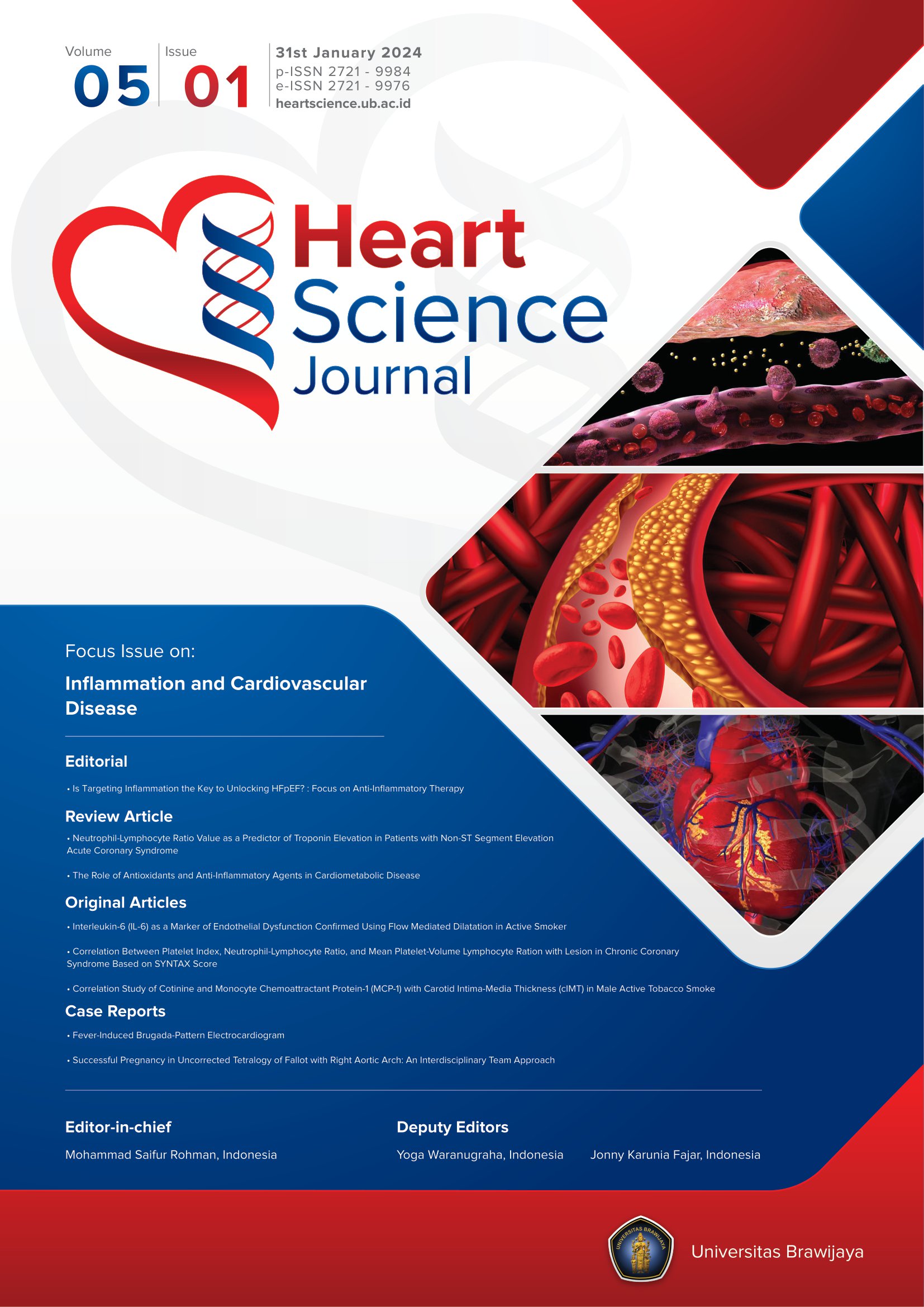Multimodality Cardiovascular Imaging of Hyperthrophic Cardiomyopathy : A Review Article
Abstract
Abstract
The most common genetic cardiomyopathy, HCM has a prevalence about 0.2%. It is transmitted autosomal dominant inheritance pattern. The natural history is benign but adverse outcomes can be happened in some patients including sudden cardiac death, symptoms secondary to dynamic left ventricular outflow tract (LVOT) obstruction, diastolic filling abnormalities, atrial fibrillation, and LV systolic dysfunction.
Imaging modalities can be used to evaluate cardiac structure and function, the presence and severity of dynamic obstruction, mitral valve abnormalities, mitral regurgitation, as well as myocardial ischemia and fibrosis. Echocardiography is the initial imaging modality for evaluation of cardiac structure. CMR is recommended when echocardiographic images is not adequate in selected patients with high index of suspicion for HCM. In case of contraindication to CMR, patients with ICDs or pacemakers, Cardiac CT is recommended. Imaging can be used to guide treatment, screening and preclinical diagnosis in patient HCM.
Keywords
Full Text:
PDFReferences
References
Rowin EJ and Maron MS. The role of cardiac MRI in the diagnosis and risk stratification of hypertrophic cardiomyopathy. Arrhythmia & Electrophysiology Review 2016;5(3):197-202
Noureldin RA, Liu S, Nacif MS, Judge DP, Halushka MK, et al. The diagnosis of hypertrophic cardiomyopathy by cardiovascular magnetic resonance. Journal of Cardiovascular Magentic Resonance 2012; 14:17
Elliot PM, Anastasakis A, Borger MA, Borggrefe M, Cecchi F, et al. Guidelines on diagnosis and management of hypertrophic cardiomyopathy. European Heart Journal 2014; 35:2733-2779
Husser D, Ueberham L, Jacob J, Heuer D, Riedel-Heller S, et al. Prevalence of clinically apparent hypertrophic cardiomyopathy in Germany-An analyses over 5 million patients. Plos One 2018,13(5):e0196612
Kumar, Abbas, Fausto, Aster, Robbins and Cotran. Pathologic basis of disease. 8ed. Philadelphia: Saunders;2010
Lilly LS. Patophysiology of heart disease. 5ed. Philadelphia: Lippincott William&Wilkins;2011
Parato VM, Antoncecchi V, Sozzi F, Marazia S, Zito A, et al. Echocardiographic diagnosis of the different phenotypes of hypertrophic cardiomyopathy. Cardiovascular ultrasound 2016;14(30):1-12
Cardim N, Galderisi M, Edvardsen T, Plein S, Popescu BA, et al. Role of multimodality cardiac imaging in the management of patients with hypertrophic cardiomyopathy: an expert consensusof the EuropeanAssociation of Cardiovascular Imaging endorsed by Saudi Heart Association. European Heart Journal Cardiovascular Imaging 2015, 1-35
Williams LK, Frenneaux MP and Steeds RP. Echocardiography in hypertrophic cardiomyopathy diagnosis, prognosis and role in management. European Heart Journal of Echocardiography 2009;10:iii9-iii14
Nagueh SF, Bierig MS, Budoff MJ, Desai M, Dilsizian V, et al. Clinical Recommendations for Multimodality Cardiovascular Imaging of Patients with Hypertrophic Cardiomyopathy. JAmSoc Echocardiografi 2011;04: 473-98
Mulvagh SL, Rakowski H, Vannan MA, Abdelmoneim SS, Becher H, Bierig SM, et al. American Society of Echocardiography consensus statement on the clinical applications of ultrasonic contrast agents in echocardiography. J Am Soc Echocardiogr 2008;21:1179-201
Afonso LC, Bernal J, Bax JJ, Abraham TP. Echocardiography in hypertrophic cardiomyopathy. J Am Coll Cardiol cardovascular imaging 2008;1(6): 787-800.
Sherrid MV, Wever-Pinzon O, Shah A, Chaudhry FA. Reflections of inflections in hypertrophic cardiomyopathy. J Am Coll Cardiol 2009;54: 212-9.
Delgado B and Bax JJ. Clinical topic: Nuclear imaging in hypertrophic cardiomyopathy. J Nucl Cardiol 2014; 1071-3581
Rowin EJ and Maron MS. The role of cardiac MRI in the diagnosis and risk stratification of hypertrophic cardiomyopathy. Arrhythmia & Electrophysiology Review 2016;5(3):197-202
Maron MS, Maron BJ, Harrigan C, Buros J, Gibson CM, Olivotto I, et al. Hypertrophic cardiomyopathy phenotype revisited after 50 years with cardiovascular magnetic resonance. J Am Coll Cardiol 2009;54: 220-8
Noureldin RA, Liu S, Nacif MS, Judge DP, Halushka MK, et al. The diagnosis of hypertrophic cardiomyopathy by cardiovascular magnetic resonance. Journal of Cardiovascular Magentic Resonance 2012; 14:17
Rubinshtein R, Glockner JF, Ommen SR, Araoz PA, Ackerman MJ, Sorajja P, et al. Characteristics and clinical significance of late gadolinium enhancement by contrast-enhanced magnetic resonance imaging in patients with hypertrophic cardiomyopathy. Circ Heart Fail 2009;3: 51-8
Oliveira DC, Boldrini F, Santos AA, Nacif MS. Cardiac magnetic resonance and computed tomography in hypertrophic cardiomyopathy: an update. Sociadade brasileira de cardiologia 2016;107(2):163-172.
Gopal A, Mao SS, Karlsberg D, Young E, Waggoner J, Ahmadi N, et al. Radiation reduction with prospective ECG-triggering acquisition using 64-multidetector computed tomographic angiography. Int J Cardiovasc Imaging 2009;25:405-16
Mark DB, Berman DS, Budoff MJ, Carr JJ, Gerber TC, Hecht HS, et al. ACCF/ACR/AHA/NASCI/SAIP/SCAI/SCCT 2010 expert consensus document on coronary computed tomographic angiography: a report of the American College of Cardiology Foundation Task Force on Expert Consensus Documents. J Am Coll Cardiol 2010;55:2663-99.
Alkadhi H, Desbiolles L, Stolzmann P, Leschka S, Scheffel H, Plass A, et al. Mitral annular shape, size, and motion in normals and in patients with cardiomyopathy: evaluation with computed tomography. Invest Radiol 2009;44:218-25.
Okayama S, Uemura S, Soeda T, Horii M, Saito Y. Role of cardiac computed tomography in planning and evaluating percutaneous transluminal septal myocardial ablation for hypertrophic obstructive cardiomyopathy. J Cardiovasc Comput Tomogr 2010;4:62-5
DOI: https://doi.org/10.21776/ub.hsj.2020.001.03.2
Refbacks
- There are currently no refbacks.
Copyright (c) 2020 Heart Science Journal

This work is licensed under a Creative Commons Attribution 4.0 International License.









